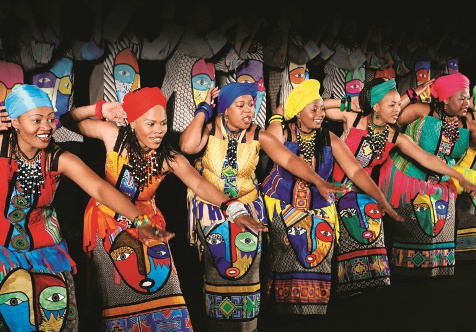In collaboration with Convergence, VOICE OF ASIA is proud to present timeless articles from the archives, reproduced digitally for your reading pleasure. Originally published in Convergence Volume 16 in 2013, we present this story on Johannesburg, the titular gateway to Africa.
Mining has always been the main driving force behind the history and development of South Africa, contributing to the country becoming Africa’s most advanced and richest economy. The abundance of mineral deposits, predominantly diamond and gold, makes the country a cornucopia of mineral wealth. Convergence explores Johannesburg, the commercial centre of the country deemed the ‘Gateway to Africa’, a city that is an ideal entry point for investors, particularly those who are still uncertain about venturing into the continent.
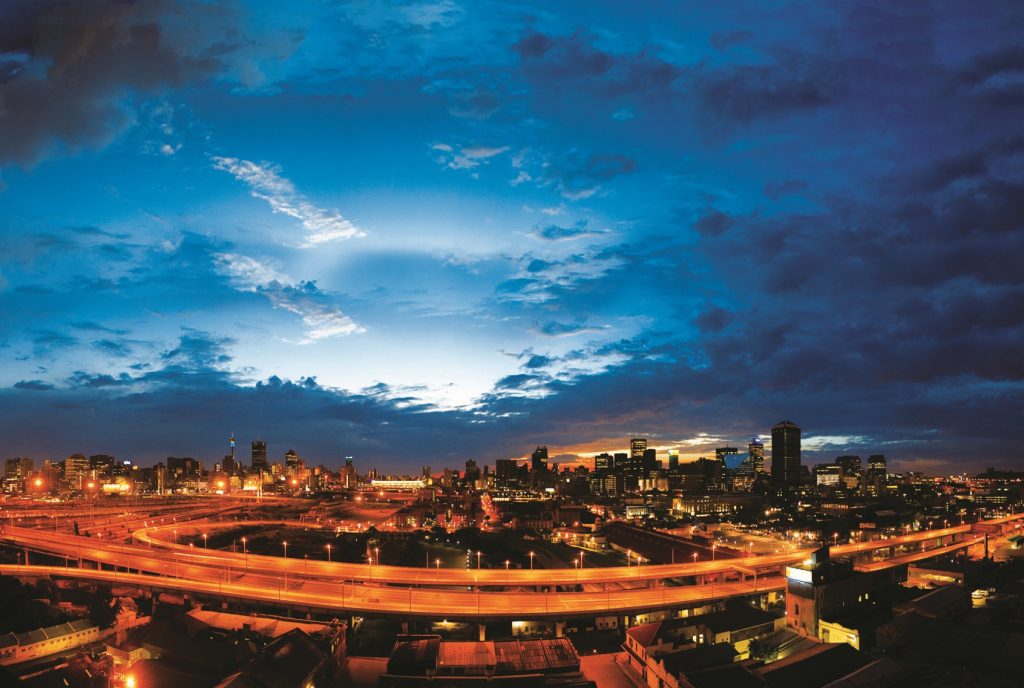
African El Dorado
While not the capital, there is no denying that the thriving metropolis of Johannesburg is one of the most important cities in south Africa, if not the whole continent. spread over more than 518 square kilometers, the city also colloquially known as Jozi, Jo’burg, eGoli or Joeys is the most populated in the country and is home to more than three million people. it has developed from a mining boomtown to an extensive metropolis and ranks as the largest city in the world not on a navigable body of water.
The bustling atmosphere of the city tells a lot about its history. The discovery of gold in the 1880s triggered the Witwatersrand Gold Rush, and fortune-seekers from all over the world flocked to the area, turning a dusty mining village into a settlement, then a town.
Who Shapes the City
The gold and diamond industry is the foundation of the city. While mining no longer takes place within the city limits, most companies still retain their headquarters there. Johannesburg resident Nicky Oppenheimer is the richest person in south Africa with a net worth of US$5.1billion as of March 2012. He inherited De Beers, a group of companies that has dominated the world’s diamond industry for decades. The family also has a significant interest in Anglo-American PLC, the world’s largest producer of platinum, and a major producer of diamonds, copper, nickel, iron ore and coal.
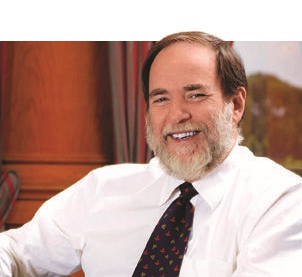
Another Jo’burg resident who made Forbes’ list of billionaires in 2012 is Patrice Motsepe, another mogul in the mining industry. The fourth richest man in South Africa, Motsepe purchased low-producing gold mine shafts in the area in 1994, and made substantial profit out of them. Taking advantage of South Africa’s black economic empowerment (BEE) laws – a programme launched to redress the inequalities of Apartheid by giving previously disadvantaged groups of South African citizens economic privileges – he formed African Rainbow Minerals, another powerhouse in the industry.
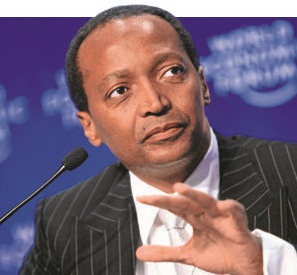
Transcending Differences
The history of the country was not all engraved in gold or adorned with diamonds. Reviled for the practise of Apartheid, South Africa was once a land where the fight for human rights attracted global attention. Johannesburg became home to numerous activists intent on revolutionising the country, one of the most prominent of whom is Nelson Mandela. This anti-apartheid campaigner emerged victorious in the first ever multi-racial election in April 1994. Once a lawyer who provided free or low-cost counsel to many black people who lacked legal representation, he led the country as its first ever black president from 1994 to 1999. An icon of democracy and equality, he has received more than 250 awards over four decades, including the 1993 Nobel Peace Prize.
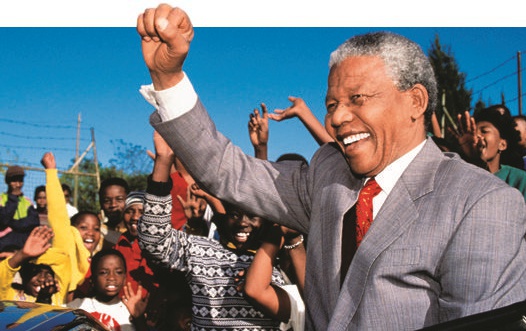
The life of Mandela has aroused the interest of many, and the humble house in which he used to live in soweto, Johannesburg is now called the Mandela Family Museum, an interesting stopover for those keen to experience a chapter of the world’s most famous former prisoner’s history.
However, there is nothing like visiting the place where Mandela spent 18 years of his life incarcerated. Robben Island was a penal colony where Mandela and many other political activists were imprisoned and exiled during the Apartheid era. The visit may require visitors to first board a two-hour flight from Johannesburg to Cape Town, but the trip to such a historical site is definitely worth the effort. Furthermore, visitors can choose from the 28 to 44 daily flights connecting the cities.
The fight for equal rights in the city not only affected politicians. This is perfectly exemplified by singer Miriam Makeba, also known as Mama Africa, who used her fame and reputation as one of the first artistes to popularise African music in the US and around the world, and actively campaign against the South African system of Apartheid. This resulted in the government revoking her citizenship and right of return to the country in 1960.

Where to Be Seen
Apartheid may have become a chapter in the country’s history, but the fight for freedom is never forgotten. in the sandton area, the middle of bustling Johannesburg, is Nelson Mandela square. Formerly known as Sandton Square, it was renamed after a six-metre statue of Nelson Mandela was unveiled there to honour the former president. Adjoining the square is Sandton City, Johannesburg’s largest shopping centre, home to different retail stores and venues for business events and meetings that have seen luminaries such as Donald Trump, Richard Branson and Nelson Mandela himself utilising the facilities.
For those looking for alternative diversions, Johannesburg offers a myriad of world-class eateries. be it an intimate dinner, a business lunch, a celebration or to fete a guest, the Browns of Rivonia is a perfect venue, as it offers total tranquillity in the form of its private gardens. Melrose Arch Moyo on the other hand, is perfect for those looking to experience modern sophisticated African living and cuisine. experiencing the modern, vibrant soul of Africa through evocative cuisine and inspired entertainment, visitors are sure to enjoy all things African in the comfort and convenience of the city.
Into the Wild Within City Reach
A day-off away from conducting business and negotiations would be something that many would yearn for. What better things to do in Africa than the chance to see the astounding wildlife, and most of all, the lions. in Johannesburg, there is no longer the need to take a costly, time-consuming safari tour in the African outback as visitors can marvel at these animals within the vicinity of the city.
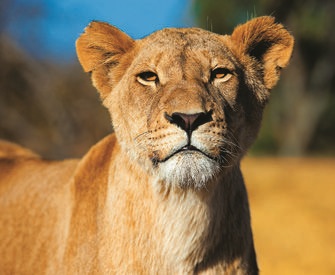
The Lion Park take pride of place in the middle of the Johannesburg-Pretoria complex, an eco-tourism destination just 45 minutes away from Johannesburg by car. A must-see for all age groups, the centre is neither game reserve nor zoo, but rather a breeding ground and sanctuary that focuses on the well-being and regeneration of various species, in particular the endangered wild dog, white lion and cheetah.
Providing an opportunity for people to learn more about these magnificent African creatures, the centre features large grazing areas where visitors can watch, in close proximity, different animals such as zebras, giraffes, a number of big cats and various species of antelopes including gemsboks, springbucks and blesboks, roaming the area. The carnivore camps are, however, thankfully separated. The park houses four prides of lion, and families of cheetahs, wild dogs and hyenas, with the animals coming from different parts of the African continent, including Mozambique, Zimbabwe, Botswana and even Northern Gauteng.
The strategic location within the city’s reach and the fact that animals are not in cages make Lion Park a leader in the commercial wildlife filming industry. The establishment is able to provide any predator shot required in any film, documentary or commercial. Finding actors who are familiar with the animals and environment is not a problem, as Lion Park provides their own actors as body doubles. some of the park’s past clients include Canal satellite TV, Animal Planet, Discovery Channel, British Broadcasting Corporation (BBC), Isuzu & Delta Motor Corporation, and Land Rover.
Dubbed ‘Joburg’s number one tourist attraction’, Lion Park has seen a number of international celebrities visiting the establishment, including American actors Clint eastwood and Paul Walker, singers John Legend and Shakira, rapper Timbaland, and football stars Kaka and Danny Miguel, among others. Undoubtedly though, the stars of the show are the animals themselves.
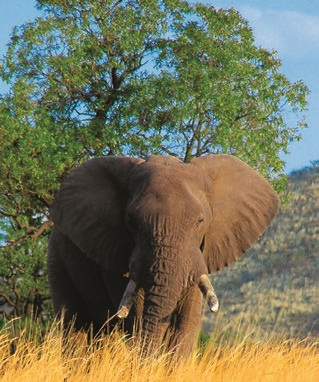
Providing a truly African experience without having to travel all the way to the savannas of Africa, a visit to the Lion Park in Johannesburg is a truly unforgettable experience, and a roar-some time for all!
Whilst many business tourists like to stay in the business hub itself, others prefer to be further away from the Central Business District, taking the opportunity to enjoy the surroundings and embrace the business tourism spirit. In between meetings, various tourist attractions, including the Apartheid Museum, the Adler Museum of Medicine, Johannesburg Art Gallery and the Bernberg Fashion Museum, provide visitors with a different experience.

Of course, the trip to Africa will not be complete without seeing the wildlife that the continent is so well known for, especially the ‘Big Five’, referring to the lion, leopard, rhinoceros, elephant and Cape buffalo. They are not deemed so because of their enormous size. The term ‘big five’ was actually coined by game hunters, referring to the difficulty in bagging these animals, mostly due to their ferocity. The best place to see these magnificent creatures is the Kruger National Park, a four-hour drive from Johannesburg, although those with limited time may opt for parks near the city, especially the Lion Park in Nietgedacht, in the suburbs of Johannesburg.

Why Business Thrives in Johannesburg
In addition to being dubbed the gateway to Africa’s markets, Johannesburg is also home to the largest stock exchange in Africa, the Johannesburg Stock Exchange (JSE Limited), which was established in 1887. Remaining true to the city’s status as one of the most powerful commercial centres on the African continent, 74% of South African companies have their headquarters located in this business hub.
Generating roughly 17% of South Africa’s wealth, Johannesburg has become the premier destination for domestic and international business tourists, with 36% of domestic and 32% of international tourists coming solely for business purposes. Providing elaborate financial, municipal, transport and telecommunication infrastructure that rivals other major cities of the world, yet having a much lower cost of living, Johannesburg is the ideal location to conduct business. Jo’burg is well on its way to become, if not already, a much sought-after destination for international business.
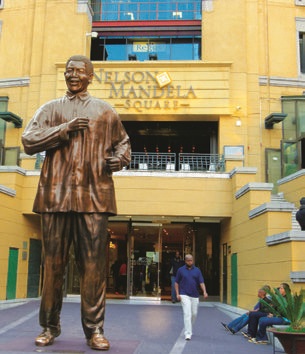
The city is definitely well-prepared to receive the increasing numbers of travellers. O.R. Tambo international Airport, located approximately 30 minutes away from Johannesburg’s town centre, can accommodate some 13 million passengers a year, about 1.2 million of whom are industry players, coming to conduct dealings in a city that is paved with golden business opportunities.
Reinforcing its powerhouse status in the continent, Johannesburg looks forward to further expanding its reach and competing with other major first-world cities. Offering the best access to markets across Africa, an investor-friendly environment, a stable political environment with excellent infrastructure, Johannesburg is living up to its status as a business Mecca, attracting business travellers from all over the globe who are converging on this premier business destination, which like a fine diamond is rapidly becoming a cut above the competition.


